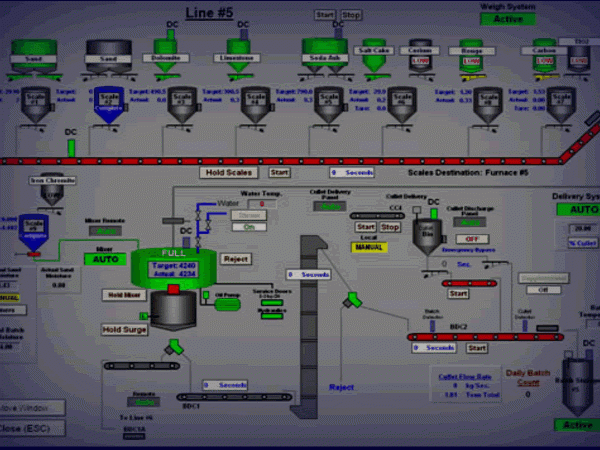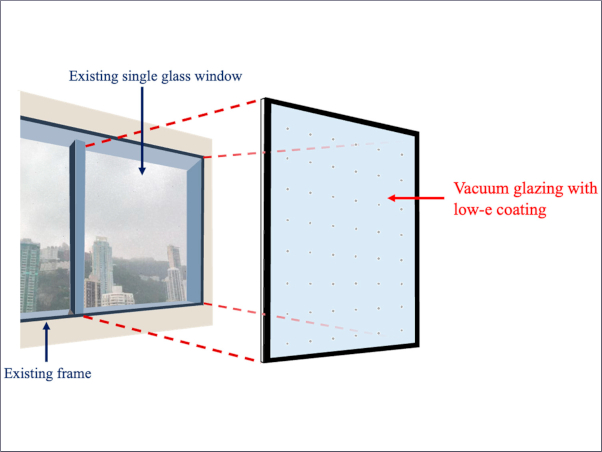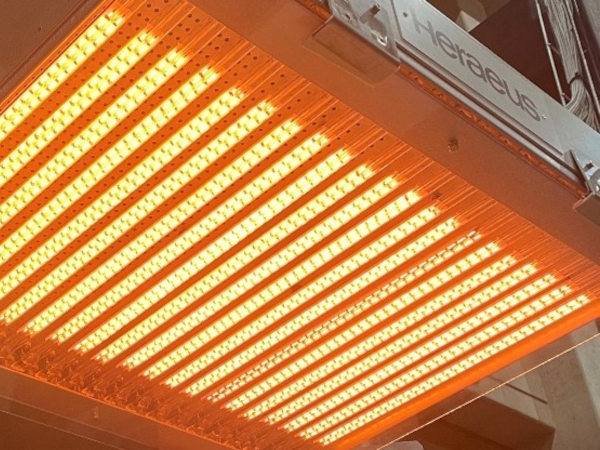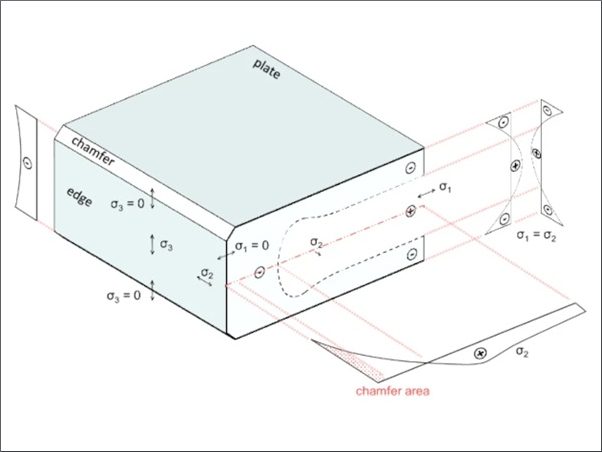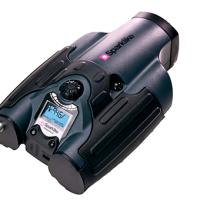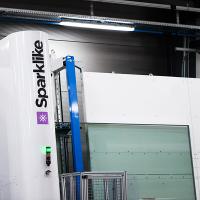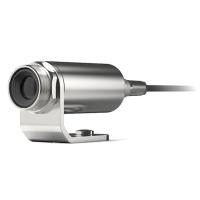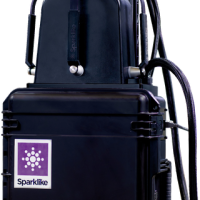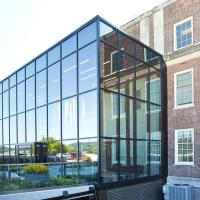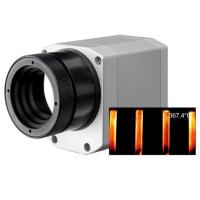A new model-based controller is outperforming PID controls in glass melter and forehearth applications. The ACSI integrated process controller reduces job change time up to 50% and quickly stabilizes temperature variations in order to provide high quality glass with optimum fuel efficiency.
Currently many manufacturers focus on using thermal gradient efficiency (TGE) and mass flow temperature (MFT) to evaluate forehearth performance. In doing so, parameters are individually controlled by an operator who makes individual zone setpoint adjustments. The operator uses a 9-point grid to achieve desired temperatures and maintain stability and homogeneity. Traditional forehearth design places a sensor at the exit outlet of each forehearth zone to measure glass temperature as it exits the zone. The sensor relays data to a PID controller, which adjusts the heat to bring the glass temperature back to setpoint. As the molten glass travels through each forehearth chamber, respective controllers continue to “play catch up.” The result tends to be length recovery time during which production values decrease.
The Problem
Two issues are faced when using traditional forehearth control.
1. Temperature not directly controlled – operator makes the decision
2. PID is used to control
PID control works well under steady state conditions, however, such loops are extremely difficult to tune and operators typically do not see the type of reaction time they desire for job changes.
The Solution
Model based control achieves up to 50% reduction in job change time. The controller regulates the temperature directly, relieving an operator from making tuning judgments. In addition, forehearth homogeneity is regulated differently from anything previously seen in the glass industry.

Adaptive Control
The model based controller creates a model of a zone’s response to changes. During installation, an ACSI engineer teaches the controller what the model looks like by making minor adjustments and allowing the controller to learn how the process reacts.
Adaptive modeling begins with an estimated model of the process variable (PV) response. The engineer then bumps the setpoint, and the controller adapts, improving its model of the process. Now that the controller is aware of the improved process model, the engineer bumps the setpoint a second time, and the results show significantly less overshoot for the process variable. As each adjustment is made, the controller continues to learn the subtleties of the process and improves its model. After the model is created, the controller continues to observe process changes and adapt its model. This is radically different from traditional PID control, which reacts to error the same way every time. A model-based controller looks at how well it predicted the previous response and refines the process for the next time. As a result, the need for tuning is eliminated.

The result of “training” the controller is a mathematical model of what happens when increasing and decreasing the heating. The controller can then predict what will happen with each subsequent change. As shown in this figure, the final model has adapted to significantly different dead time and gain when compared to the initial estimate. The controller provides responsive control with no overshoot, using the final model for the third and fourth setpoint bumps.

Feedforward Input
The model-based controller can continuously model the effect of feedforward variables. Feedforward is particularly important for processes with disturbances that result in substantial load changes. The key benefit is that control actions can be taken before the process variable is affected.
• Controller continuously models up to 3 feedforward variables.
Process deviation from setpoint is reduced
Implementing feedforward control with PID is difficult, and having more than one feedforward with a PID loop is impossible. In contrast, model-based controllers are capable of analyzing feedforward variables. An example of a feedforward input is monitoring the incoming raw material rate in a variable production rate process. The controller measures the incoming glass temperature and predicts the actions needed to adjust before the glass travels through the zone. Changes are made to the firing in order to eliminate a major portion of the potential upset. In contrast, with PID an undesired temperature is not detected until the glass reaches the zone exit.
.jpg)
Multiple Input, Single Output (MISO) controller allows several feedforward inputs to influence a single output, as shown above. The MISO controller with the addition of a patented Dynamic Modeling Technology of process dynamics significantly reduces system commissioning effort and maintenance costs. Model Based Control connects to the existing control system via a standard OPC communication interface. It is designed to improve the control of processes that involve several interacting control loops that cannot be adequately handled using independent loop controllers. This controller decouples the interacting variables and provides coordinated regulatory control for these types of processes. Process dead time is easily managed to provide responsive control with no overshoot or process cycling.
Reduce Job Change Time
Now that a basis has been established for PID vs. MBC, reducing job change time can be addressed. It is essential to minimize job change time in order to maximize profit potential. This requires achieving new glass temperature setpoints as quickly as possible with minimum overshoot. It is difficult to achieve both objectives simultaneously with a standard PID controller. One of two scenarios is likely to occur:
1. glass temperature can be raised quickly, but the temperature overshoots the optimum set point and must be adjusted back to the setpoint;
OR
2. glass temperature is achieved with a gradual rise in temperature that requires a long time to reach the setpoint. Either scenario typically requires several hours to stabilize glass temperature during which production operates at less than optimal parameters.
If the current setpoint is 2200°, and a job change requires the new setpoint to be 2240°. One possibility using PID is that the temperature will slowly rise. A period of dead time will occur before the temperature begins to wind up. Eventually the temperature will overshoot the new setpoint and eventually settle back to steady state. A second possibility is that the temperature will rise quickly and overshoot the new setpoint. The temperature will begin to oscillate and may not reach steady state.
With model-based control, the mathematical model does not have to wait for an error to take action, rather it knows how much to change the valve position to prevent the deviation. When a setpoint change is made, the controller accounts for the dead time, which results in the temperature reaching the new setpoint as quickly as possible with zero overshoot.
The result is easily 50% less time to get to the new setpoint, which translates to 50% shorter job change times. Essentially, it is similar to taking the best operator and harnessing the information he/she has about how long to hold the system at each point. With more experience, he updates the information he knows, just as the controller learns and adjusts.
Controlling glass temperature is the key to achieving optimum glass viscosity and gob weight. Temperature variations as slight as one degree or less can negatively impact the quality of the finished product and result in lost production time. Job change time and zone temperature modeling offer opportunities for tighter control.
The ACSI model-based controller is effective in controlling job change and zone temperatures by modeling the existing process. The controller creates models for each control/process variable and feed forward input. These ideal models allow the system to anticipate changes needed to maintain consistent glass temperature. Once the optimum process is modeled, the ACSI model-based controller can:
- predict control actions required to drive the glass temperature to setpoint quickly without overshoot
- adapt to process and production rate changes automatically for better control without loop tuning
- model feed forward inputs and update control actions to quickly stabilize temperature variation
When integrated as part of a comprehensive control system, the ACSI modelbased controller delivers the following production and quality benefits:
- reduces job change time by as much as 50%
- reduces temperature variation by as much as 50%
- improves overall production performance
Improving Homogeneity and Stability
Historically, gob temperatures have been controlled by changing the setpoint. A 9-point grid has been used as a measure of temperature stability and homogeneity, and an operator has decided how to adjust and continuously tries to refine. Temperatures have been related to the control loops. Now with model based control, 9-point grid temperatures can be controlled, and the interrelationships among the different temperatures can be understood by the controller. Rather than thinking in terms of zones, the forehearth can be thought of as one single unit. Temperature readings can be prioritized, in order to determine which readings are most critical and which can be sacrificed to achieve the essential readings. As a result of the new method of control, zones no longer “fight” each other to achieve balance, and the complicated relationships are eliminated.
Overall Benefits of Model Based Control
The improved control of multivariable processes allows each system to be responsive to disturbances or operating point changes. The benefits of modelbased control over traditional PID control are clear.
Once the controller has modeled the process, it tracks the process dynamics and predicts the control actions required to drive the glass temperature to setpoint quickly without overshoot. Consequently, it adapts to process and production rate changes automatically for better control without ever requiring loop tuning.
The model-based controller understands dead time and knows how to account for it in its control strategy. PID and other error based controllers do not account for dead time, and the result is that they often have to be de-tuned to avoid overshoot. This results in sluggish response to setpoint or load changes. Alternately, responsively tuned PIDs will overshoot and oscillate around setpoint following a load or setpoint change.
Tighter control results in 30-50% reduction in deviations from setpoint vs. traditional PID. This positively affects the process by increasing product consistency & quality and reducing energy use, which in turn allows for operation closer to specifications. Adaptive control minimizes job change time by quickly reacting and stabilizing temperature variations. Feedforward modeling is possible for up to three variables, resulting in control action being taken BEFORE disturbances push the PV off setpoint.
The results can be measured in terms of production- and quality-related benefits. Job change time and temperature variation are both reduced by as much as 50%, overall production performance is visibly improved, and plant operation and maintenance are simplified.


